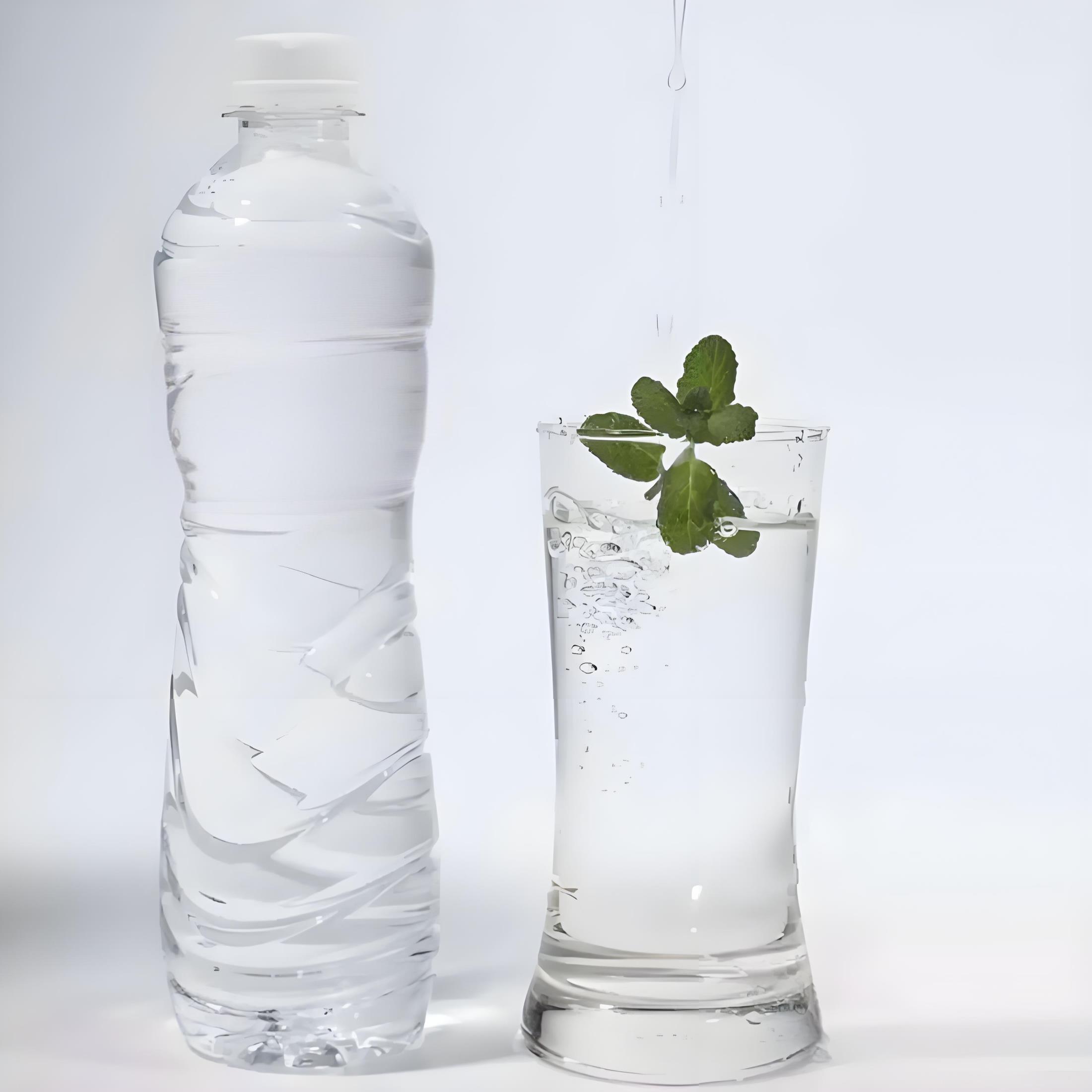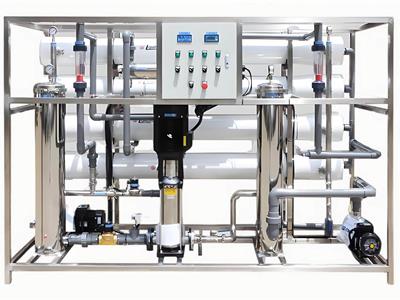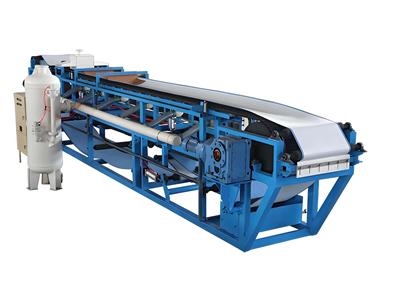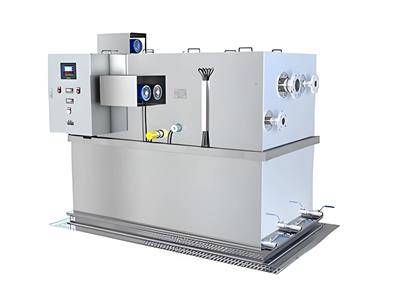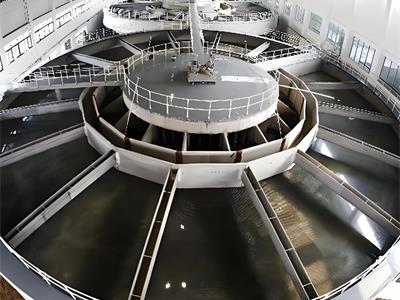- 2025-07-25
Distilled Water vs. Reverse Osmosis Water
Although both distilled water and reverse osmosis (RO) water are common types of purified water, many people may not fully understand the difference between them. The processes used to remove contaminants from tap water are very different.
In this article, let's explore the main differences between distilled water and reverse osmosis water, as well as their respective advantages and disadvantages. Distilled water or reverse osmosis water, which one should I choose?
What is distilled water or distillation?
The process of distillation produces distilled water, which is refined water. The specific method is to boil the water, collect the resulting steam, and then cool it to turn the steam back into liquid water. This process removes contaminants such as minerals and other impurities, and you can get clean water without dissolved solids.
Distilled water is often used in scientific research, medical operations, and even some industrial activities because of its high purity. However, it should be noted that because distilled water is too pure and does not contain minerals, it may not be suitable for daily drinking. After all, it cannot provide the body with the minerals and electrolytes necessary for normal function.
What is reverse osmosis water?
Water treated by reverse osmosis is called reverse osmosis water. This water is generally regarded as high-quality pure water because the RO process can remove a variety of contaminants, such as dissolved salts, minerals, organic molecules and other impurities.
In order to produce clean and safe drinking water, reverse osmosis is often used in households, businesses and industrial production processes if the quality of the water source is high.
How to obtain distilled water and reverse osmosis water?
Distilled water production processDistilled water is a type of pure water, which refers to pure water without impurities and bacteria after treatment. Its preparation process mainly includes three steps: distillation, condensation and separation. Water evaporates through the distillation equipment, and then the water vapor is condensed into water, and then separated to finally obtain high-purity distilled water.
Reverse osmosis system process
Pretreatment: The water is first pretreated to remove large particles, sediments and chlorine. This step can protect the reverse osmosis membrane from damage.
Pressure: The water is then pressurized and forced through a semipermeable membrane. This membrane has tiny pores that only allow water molecules to pass through, while contaminants such as salt, minerals, and other large particles are blocked.
Separation: The water that passes through the membrane is called permeate, and the water that does not pass through the membrane is called concentrate or brine. The concentrate is generally discharged or recycled, while the permeate is collected as reverse osmosis water.
Post-treatment: The permeate is further treated to remove residual contaminants and adjust the pH and mineral content to the required levels. This step is critical to ensure that the water is safe and suitable for its intended use.
Advantages of Distilled Water and Reverse Osmosis Water
Advantages of Using Distilled Water
Impurity Removal: Distilled water is produced by boiling and condensing, which removes contaminants such as minerals, chemicals, and microorganisms. This makes distilled water particularly suitable for applications that require high purity, such as laboratory experiments or medical procedures.
Consistency: Distilled water has a very stable composition, which makes it very useful in applications where the precise composition of water is important. For example, in industrial processes where water is used as a solvent or cleaning agent, the consistency of distilled water composition helps ensure repeatability and predictability of the process.
Improved taste: Some people prefer the taste of distilled water because it does not contain minerals and chemicals that change the taste of tap water.
Reduces mineral deposits: Distilled water does not contain minerals that can accumulate in appliances such as coffee makers, steam irons, and humidifiers. This can extend the life of these appliances and reduce the need for maintenance.
Advantages of reverse osmosis water
Relatively low production cost: Compared with distilled water, reverse osmosis water is slightly less pure and does not require as much energy to heat and treat the water, so it is more energy-efficient and has lower operating costs.
High-quality reverse osmosis water: The filtration accuracy of reverse osmosis membrane can reach 0.01 microns. Compared with membrane treatment methods such as ultrafiltration, microfiltration, and nanofiltration, the pure water produced is of higher quality and can ensure that impurities, rust, colloids, minerals, bacteria, heavy metal ions, viruses, etc. in the water are filtered out.
Wide range of applications: Reverse osmosis equipment is very common in water treatment applications, and so is the application of reverse osmosis water. Common application areas of reverse osmosis equipment include seawater desalination, drinking water production, food and beverage processing plants, pharmaceuticals, agricultural irrigation, laboratories, military, oil and gas, cooling tower equipment, etc.
Easy to maintain reverse osmosis water production equipment: After the reverse osmosis equipment is installed and put into operation, the operation is particularly simple and convenient. Except for replacing consumable parts, basically no additional maintenance is required.
The difference between distilled water and reverse osmosis (RO) water
Purification process: Distilled water is made by boiling water, collecting the steam into a separate container, and then condensing it to remove pollutants and minerals. In contrast, reverse osmosis water is made by squeezing water through a partially porous membrane that removes contaminants and minerals.
Water Purity: Both distilled water and reverse osmosis water are highly purified, and most contaminants, such as bacteria, viruses, and minerals, are gone. However, distilled water may also contain volatile organic compounds (VOCs), which have a lower boiling point than water and evaporate along with water molecules during the distillation process.
Application: Distilled water is often used in laboratory experiments, medical procedures, and automotive cooling systems. Reverse osmosis water is generally used for drinking, cooking, aquariums, and some industrial and commercial applications.
Taste: Since distilled water has no minerals or other natural impurities, it tastes bland and tasteless. Reverse osmosis water may still retain some minerals and taste slightly better than distilled water, but it still tastes slightly lighter than tap water or mineral water.
Applications of reverse osmosis and distilled water
Because the purity of distilled water and reverse osmosis water is different, the application areas are also different.
| Distilled water application | Reverse osmosis water application |
|---|---|
| For washing surgical wounds | Boiler feed water |
| Biological experiments | Pure water for biochemical products |
| Chemical experiments | Preparation of food and beverages |
| Home appliance cleaning | Preparation of drinking water |
| Industrial circulating cooling water | Deionized water for electroplating process |
| Battery repair fluid | Automobile cleaning water |
| Chemical reaction cooling water | Municipal drinking water |
Reverse osmosis water vs. distilled water: Which is better?
Distilled water and reverse osmosis water each have their own advantages.
If you are still struggling to decide whether to use reverse osmosis water or distilled water, you can refer to the water quality characteristics and uses of the two types of water we introduced above, and then make a choice based on your budget.
If you have any questions, you can contact a professional water treatment engineer. You can send your water treatment requirements to info@FupengWater.com.
FAQ
Can I use RO water instead of distilled water? It depends on your final requirements for water quality. The reverse osmosis water production process is more economical and convenient. If the final water produced after RO filtration can meet your water quality requirements, then RO water can replace distilled water.If you have higher requirements for the water quality, we recommend that you consider distillation, or add a post-treatment system after the RO system, such as an EDI system or a secondary RO system.
Is distilled water and RO water safe to drink? RO water is considered to be drinkable directly because the water filtered by the RO water purifier is pure water with almost no other harmful substances. Although some people think that the RO system will not only remove harmful substances, but also remove minerals such as calcium and magnesium that are beneficial to the body. But for the human body, it is more direct to absorb trace elements through diet.As for distilled water, since the distillation method cannot remove organic matter, synthetics, chlorides, algae and other harmful substances with a boiling point lower than water, it is not recommended for drinking. In addition, the cost of counterfeiting in the preparation process of distilled water is too high, so it is not suitable for drinking.

